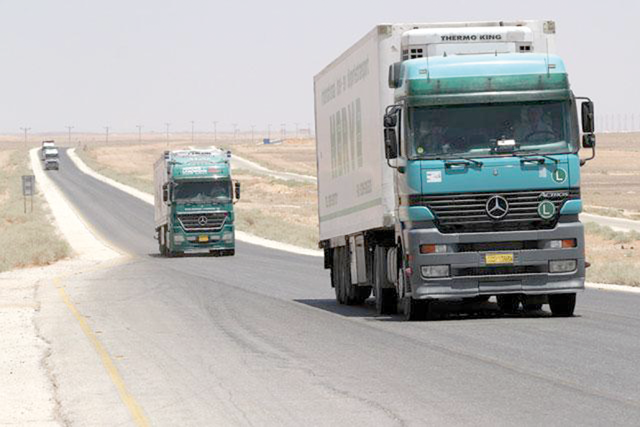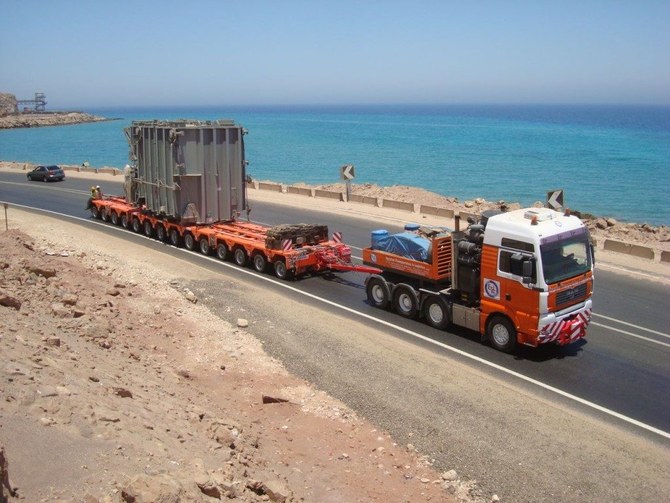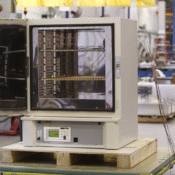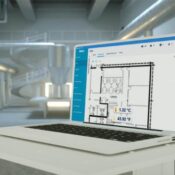Transporting temperature-sensitive cargo via truck across Saudi Arabia—from sprawling warehouses in Riyadh to distribution hubs in Dammam—is no small feat. With desert heat, long travel distances, and regulatory scrutiny, the margin for error is slim. To protect product quality and maintain customer trust, trucking operations need more than good refrigeration units—they need precision monitoring. That’s exactly where a temperature mapping study becomes a game-changer.
Eximia360 provides professional temperature mapping study services across Saudi Arabia, Jeddah, Dammam, and Riyadh, helping trucking and cold chain operators maintain top-tier cargo integrity. (www.Eximia360.com)
Here are 7 ways trucks leverage temperature mapping to safeguard quality, compliance, and brand reputation:
1. Accurate Identification of Hot and Cold Spots Inside Trucks
Even well-insulated refrigerated trucks can harbor zones that overheat or stay too cool. With a temperature mapping study, Eximia360 places calibrated sensors at key positions—ceiling, floor, near doors, adjacent to walls—to record temperature variations. This exposes hidden weak points: perhaps near a door seal, or a poorly ventilated corner. Once identified, these spots can be mitigated via better insulation, repositioning of cargo, or modifying the cooling airflow.
2. Performance Validation Under Realistic Conditions
It’s one thing for a truck’s cooling unit to pass lab tests, another for it to perform under Riyadh’s midday sun or a long haul to Dammam. Eximia360’s temperature mapping study includes data logging during actual operating conditions—loaded trucks, frequent door openings, real exterior heat exposure—to validate that the system holds temperature through the real journey.
3. Ensuring Regulatory Compliance and Documentation
For pharmaceutical, food, and perishable goods in Saudi Arabia, compliance with standards like SFDA, WHO’s GDP, or international cold chain regulations is critical. A detailed temperature mapping study produces verifiable records—heat-map reports, temperature logs over time, certificate of compliance—which can be presented during audits. Eximia360 offers these full reports, giving fleet operators concrete proof that their trucks maintain required temperature ranges throughout transport.
4. Minimizing Spoilage and Reducing Financial Losses
Spoilage is one of the biggest risks in cold transport. A small, undetected warm zone near the rear of a truck or during loading/unloading can degrade goods. A regular temperature mapping study lets operators detect such risk zones and fix them before they cause damage. Over time, this leads to fewer losses, fewer wasted products, and lower replacement or refund costs.
5. Optimizing Energy Use and Reducing Operating Costs
Running cooling units at full blast all the time may keep temperatures safe, but it also increases fuel and energy costs. Temperature mapping data enables more intelligent control: knowing which zones need more cooling, adjusting refrigeration settings depending on cargo load or external conditions, even scheduling trips during cooler parts of the day. Eximia360’s studies have shown that many trucks can lower energy consumption without compromising product safety when hot/cold zone data is used to fine-tune operations.

6. Building Customer Trust & Brand Reputation
In markets like Jeddah, Dammam, and Riyadh, where consumers and clients are becoming more aware, guaranteeing safe and consistent delivery is a major differentiator. When a trucking company can show that it regularly conducts temperature mapping studies, uses real data to ensure product safety and arrives on time with undamaged goods—that builds trust. Clients in food, pharmaceuticals, supermarkets favor partners with these credentials, leading to repeat business and word-of-mouth referrals.
7. Continuous Improvement & Future-Proofing Fleets
Temperature mapping isn’t a one-time check—it’s part of a continuous improvement cycle. Eximia360 recommends conducting studies during commissioning of trucks, after major modifications, or seasonally (summer vs. winter), to adapt to changing conditions. Over time, data from multiple studies reveals trends: maybe certain routes, certain vehicles, or times of day are more challenging. This enables trucking operators to plan preventative maintenance, upgrade insulation, rethink cooling unit choice, or improve loading/unloading protocols—ensuring their fleet stays robust and competitive.
How Eximia360 Does It
From their published methodology:
- Data loggers (sensors) are placed throughout the cargo space—near doors, ceiling, floor, walls—to capture a full spatial temperature profile. (From “Temperature Mapping to Optimize Vehicle Cooling Systems” page) Eximia 360
- The trucks are loaded or simulated load, running real routes under normal used conditions. Eximia 360
- Data is collected over a number of days, logging continuously, so that variations—due to external heat, door openings, or operational activities—are captured. Eximia 360+1
- After data collection, Eximia360 analyses the results, identifies hot/cold spots, provides heat maps or distribution graphs, and makes actionable recommendations—on insulation improvement, cooling unit calibration, layout changes, operational practices. Eximia 360+2Eximia 360+2
Conclusion
From Riyadh’s blistering summers to the humid transit sections toward Dammam, trucks in Saudi Arabia face relentless environmental stress. But by using temperature mapping studies, trucking and cold chain firms—especially those served by Eximia360 in Saudi Arabia, Jeddah, Dammam, and Riyadh—can protect product quality, maintain regulatory compliance, build customer trust, and optimize costs.
If you’re transporting temperature-sensitive goods—food, pharmaceuticals, perishables—don’t rely on guesswork. Partner with professionals who turn raw environmental risk into assurance. Visit www.Eximia360.com to learn more about how temperature mapping studies can safeguard your cargo, your brand, and your bottom line.












